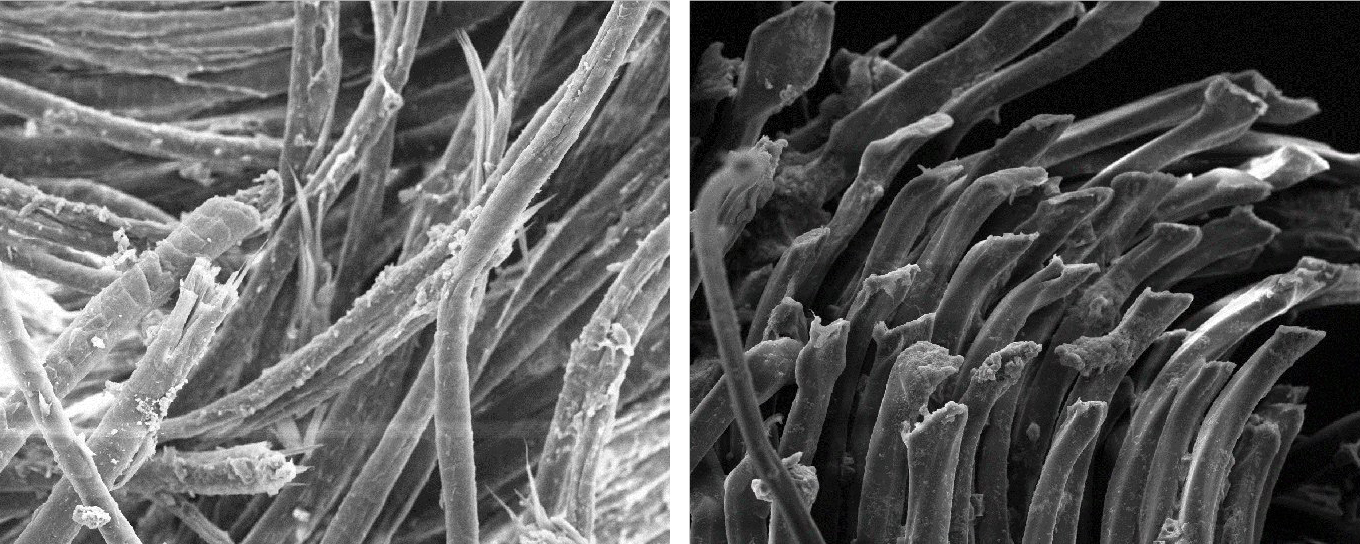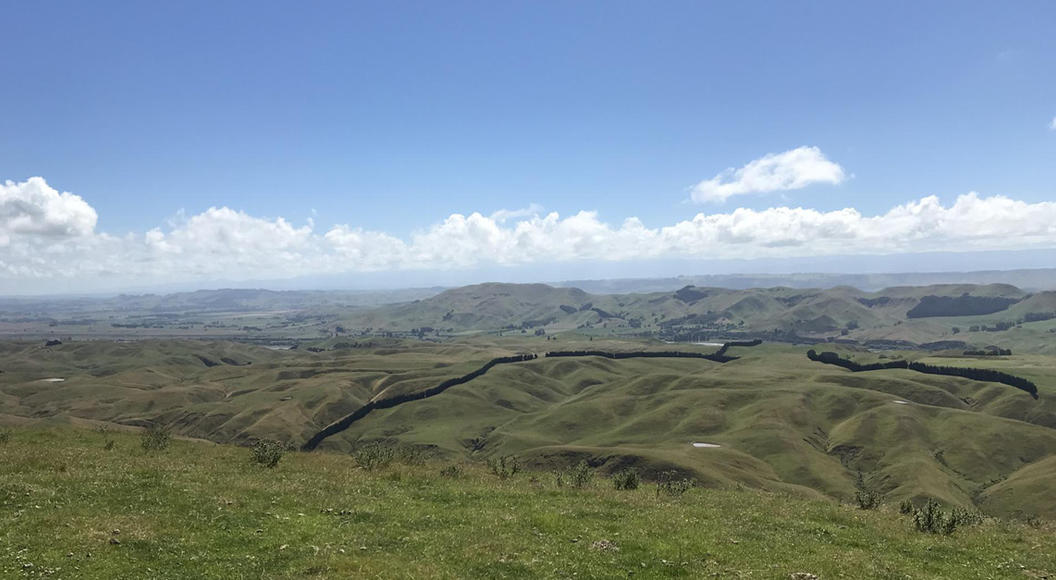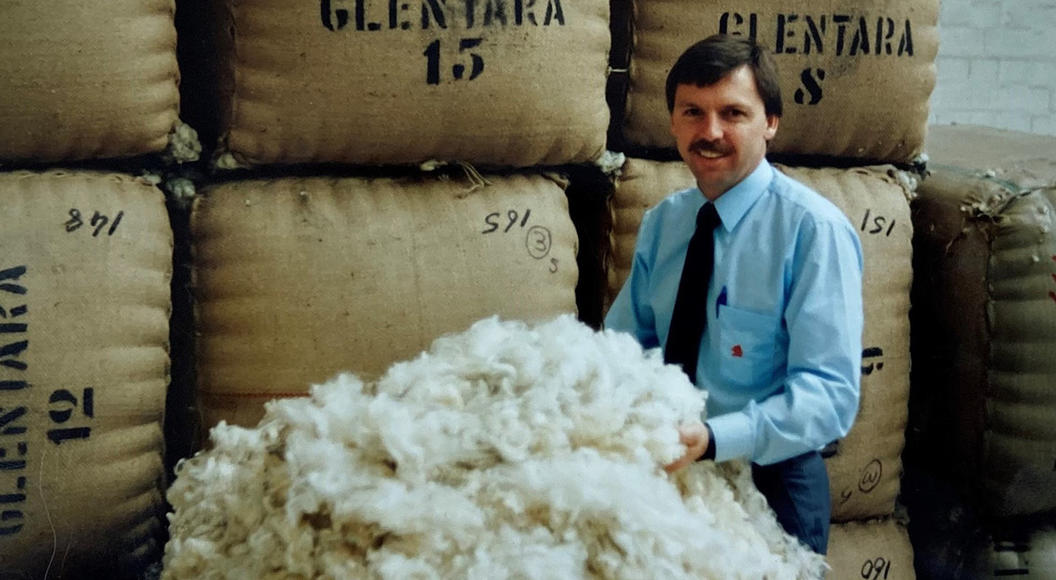
Wool News: New research further reinforces wool's eco-credentials
Findings from a new study further demonstrates the eco-credentials of natural fibres.
Recently reported research, undertaken by AgResearch and funded by Australian Wool Innovation (AWI), showed that both machine-washable and untreated wool fibres readily biodegrade in the marine environment, in contrast to synthetic fibres that do not.
Each year between 0.6 and 1.7 million tons of microfibres are estimated to enter the oceans, much of it shed when synthetic textile apparel is laundered; a growing concern for brands and consumers.
Previous studies show that wool biodegrades in the sea. This new study measured its rate of biodegradation relative to competing fibres, and the residues produced. One of the main objectives was to test the theory that machine-washable wool, treated with a polyamide resin to prevent it felting might create a form of microplastic pollution.
Six fibre types from comparable lightweight base-layer fabrics were studied over a 90-day trial period. These included machine washable and untreated Merino wool, viscose rayon derived from plant sources and three synthetic fibres: polyester, nylon and polypropylene. Residues from each were examined using scanning electron microscopy and energy-dispersive X-ray spectroscopy.
Results showed that both wool types biodegrade to a high degree, as does the cellulose-based viscose rayon, while synthetic fibres show little or no biodegradation. Further, the application of a thin polyamide film to make wool machine-washable actually caused the wool to biodegrade quicker than untreated wool, probably because the treatment removes some of the fibre’s cuticle, rendering it more susceptible to microbial degradation.


